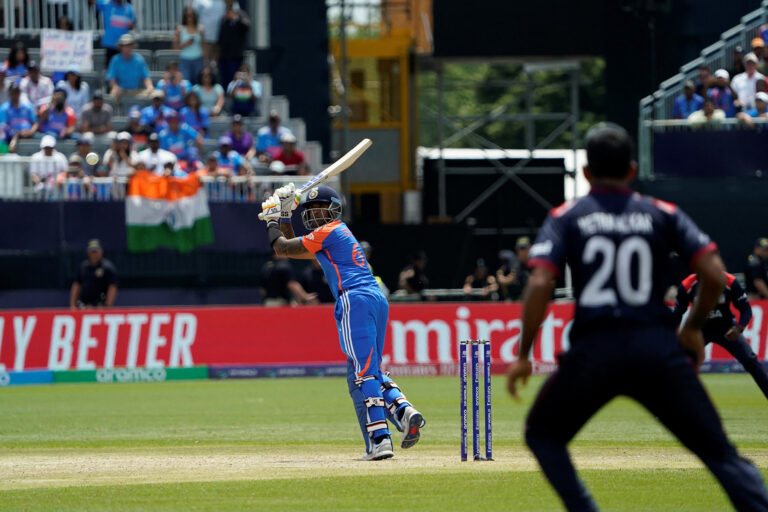The Future of Biotechnology in Cricket
Lotus365, Gold365: Biotechnology has rapidly advanced in the field of cricket, providing valuable tools for player analysis and performance enhancement. Genetic testing now allows teams to understand players’ susceptibility to injuries and customize training programs accordingly. Biomechanical assessments help in optimizing techniques, enhancing player efficiency, and reducing the risk of repetitive strain injuries.
Furthermore, the use of biotechnology in developing innovative equipment, such as high-performance cricket bats and balls, has revolutionized the game. Nanotechnology plays a crucial role in manufacturing lightweight yet durable cricket gear, giving players a competitive edge with improved equipment design. These advancements not only enhance player performance but also contribute to the overall evolution of the sport.
Potential Benefits of Biotechnology in Cricket
Biotechnology holds enormous promise in revolutionizing the world of cricket, offering potential benefits that could significantly impact the sport. With advancements in biotechnology, researchers are exploring the possibilities of enhancing player performance through genetic modifications tailored to improve athletic abilities. By identifying and manipulating specific genes related to stamina, strength, and agility, biotechnology could potentially unlock new levels of athletic potential in cricket players.
Additionally, biotechnology offers the prospect of developing customized training programs and nutrition plans based on individual genetic profiles. By analyzing genetic data, coaches and sports scientists can design targeted strategies to optimize performance and reduce the risk of injuries. This personalized approach to training and nutrition could provide cricketers with a competitive edge and help them achieve peak physical and mental performance on the field.
Impact of Biotechnology on Player Performance
Biotechnology has made significant strides in enhancing player performance in cricket. Through the use of advanced biotechnological tools, players can now undergo genetic testing to identify their unique genetic makeup, allowing for personalized training and nutrition plans tailored to their specific needs. This individualized approach has led to improved physical conditioning, faster recovery times, and enhanced overall performance on the field. Players can now optimize their training and diet to capitalize on their genetic strengths and mitigate their weaknesses, ultimately giving them a competitive edge.
Furthermore, biotechnology has revolutionized injury prevention and management in cricket. With the help of biometric sensors and wearable technology, players can monitor their biomechanics and physiological parameters in real-time, allowing for early detection of potential injuries and providing targeted rehabilitation strategies. This proactive approach not only reduces the risk of injuries but also enables players to return to the game faster and stronger. By leveraging biotechnology, cricket players can now maximize their potential and maintain peak performance levels throughout the season.






